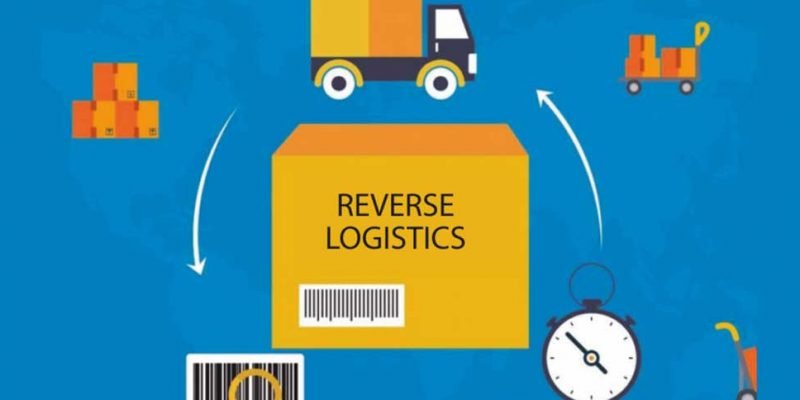In the supply chain, we said that the supply chain comprises all of the processes required for a product to reach its final destination: the client. Our definition of “delivery” refers to the last step of the complete supply chain since it refers to the stage at which the product is eventually delivered to the client who requested and ordered it.
Although delivery may be considered the last step, if we assume that the supply chain includes complete product management, seeing delivery as the final stage would not believe the whole supply chain. Additionally, we haven’t covered a phase that is quite prevalent in the daily lives of businesses and their customers: returns, which we haven’t touched on yet.
What Is the Definition of Reverse Logistics?
It is a supply chain management in which items are moved from consumers back to sellers or producers via a reverse logistics network. Once a product has been delivered to a consumer, operations such as returns and recycling need reverse logistics.
After starting with the end customer and working backwards through the supply chain to the distributor or the producer, reverse logistics becomes a reality. As well as operations where the end-user is responsible for the eventual disposal of a product, reverse logistics may involve activities such as recycling, refurbishing, and reselling the product.
THE DIFFERENT Types OF REVERSE LOGISTICS
Reverse logistics is a broad term that encompasses a variety of procedures. Let us have a look at the many sorts of reverse logistics:
RECEIVING RETURNS
Returns may be accepted in various ways depending on the entity that sold the goods. Returns for purchases made at brick-and-mortar stores are often handled at the exact location. Returns for online retail or sales are sent back using the same delivery route as the original purchase.
RETURNS FROM THE PROCESSING
All returned things must be received, documented, and examined to verify appropriately handled. It will determine whether or not any issues occurred during transportation or storage, enabling the implementation of relevant corrective measures.
RETURNS BEING SOLD
So, what exactly does the company do with the items after receiving them? Assume that they are returned to the source without any issues occurring. The articles are then made available for resale to other consumers, and the original client is given the option of receiving a refund or a replacement item.
RETURNS FROM REFURBISHING
If a product has been damaged, it will be subjected to modest repairs before being re-released on the market. The organization may then resell the things as reconditioned or reduced items. To see an example of reverse logistics in action, consider the Indian furniture firm Urban Ladder, which offers previously owned and occasionally slightly damaged pieces on another website at a discounted price.
RETURNS FROM SALVAGING
The salvage process is used instead when items cannot be repaired and sold as new. When products cannot be repaired and sold as new, they are used instead to refurbish them and sell them as used goods.
RETURNS FROM DONATIONS
If a supplier cannot utilize a product, it may be given to a charitable organization.
RETURN RECYCLING
Products that are damaged or worn out may still be worth something. However, they may be broken down into bits and reassembled differently or sold as scrap to make money.
RETURNS RECALLED
When issues develop, it is possible to recognize the necessity of reverse logistics. Now and again, a corporation may request that purchasers return a product due to safety concerns or technical flaws in what is known as a recall procedure. They may use this time to evaluate the items for problems and correct them, or they can issue advice or offer refunds for the faulty goods.
The procedures of returns, recalls, recycling, repackaging, and repair are together referred to as the “5 Rs” of reverse logistics since they are all performed in the exact location. For enterprises, the 5 Rs of reverse logistics are the essential procedures critical to their success.







Comments